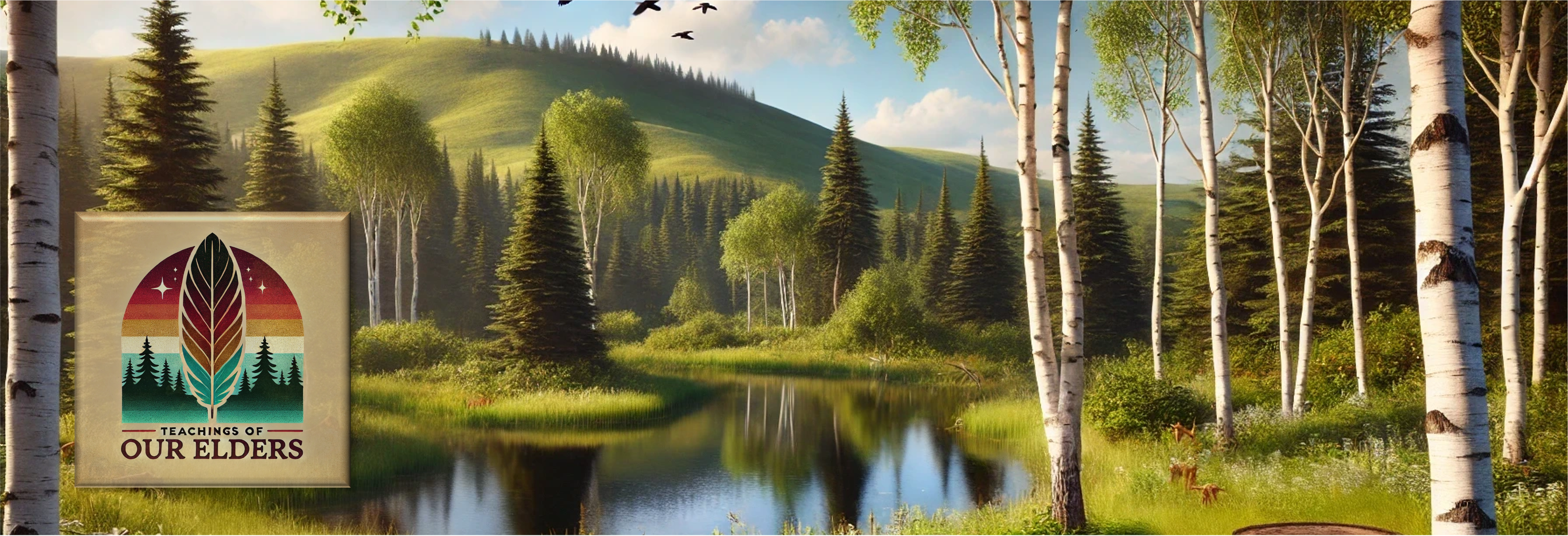| Inquiry Design Model (IDM) Blueprint™ |
| The Dakota’s Land |
| NDNAEU 1 “Sacred Relatives” |
| Compelling Question | How was the land of the Dakota’s formed? |
| Standards and Practices | Human Geography 4.5.4 – Explain how the physical environment (e.g., rainfall, climate, natural hazards) affects human activity in North Dakota. 4.5.5 – Identify different patterns of land use in North Dakota (e.g., land use in urban, suburban, and rural areas, mining, agriculture, manufacturing). 4.5.6 – Describe ways geography has affected the development (e.g., the development of transportation, communication, industry, and land use) of the state over time. Physical Geography 4.5.1 – Identify the physical features and relative locations of the major land forms (i.e., Rocky Mountains, Appalachian Mountains, Great Lakes, Gulf of Mexico, Mississippi River, Grand Canyon) of the regions of the United States. 4.5.2 – Identify the political regions of the United States (e.g. Midwest, Northeast) and their relative locations. 4.5.3 – Identify the location and characteristics of significant features of North Dakota (e.g., landforms, river systems, climate, regions, major cities). Map Skills 4.1.1 – Interpret and compare maps (e.g., political, physical, thematic) of North Dakota. 4.1.2 – Use map scales to locate physical features and estimate distance on a map. 4.1.3 – Create a mental map that demonstrates understanding of the relative location, direction, size and shape of the United States. (e.g., states, major cities, capitals, major landforms). Exploration 4.2.6 – Describe the daily lives (e.g., roles, shelter, significance of bison) of the first inhabitants of North Dakota. |
| Staging the Question | What is something about living in North Dakota that we may take for granted that people in other parts of the United States do not get to experience? |
| Supporting Question 1 | Supporting Question 2 |
| Has the lay of our land in ND changed over the past 10,000 years? What has caused the changes in our land? How were the hills formed? How were the rivers formed? Why do certain animals, trees, and plants grow only here in North Dakota? Why do we experience seasonal changes? | Why are the landforms in North Dakota so different than other parts of the country? What do people of North Dakota get to experience from the land that other people from different parts of the world don’t get to experience and why? Who did this gift come from? |
| Formative Performance Task | Formative Performance Task |
| Share maps of ND. Using google earth look at how the land has changed in the last 200 years. Talk about what a geographer, geologist, and a paleontologist does. | In a circle share the story, “When God Made the Dakotas” by Tm Kessler. Talk about Native American storytelling and their beliefs. Discuss the lay of the land in North Dakota. Compare the story “When God Made the Dakotas” by Tm Kessler to real life experiences the students have had. Talk about the mental images that were flowing through their minds as they listened to the story. Ask the students to create a watercolor portrait to compliment the message that spoke to them through the story, “When God Made the Dakotas” by Tm Kessler. |
| Featured Sources | Featured Sources |
| https://www.ndstudies.gov/gr8/sites/default/files/zoomImages/Unit1Lesson1Topic3/12-How-A-Fossil-optimized.jpg https://images-na.ssl-images-amazon.com/images/I/61Y666ND3QL._SY486_BO1,204,203,200_.jpg | https://www.ndstudies.gov/gr8/content/unit-ii-time-transformation-1201-1860/lesson-1-changing-landscapes/topic-1-three-regions-north-dakota/section-1-three-regions-north-dakota |
| SUMMATIVE PERFORMANCE TASK: Supported Claim (written/spoken) or Demonstration of Process (project-based) | After reading and discussing the story and sharing their masterpieces, put them on display in the hall. Create objects to symbolize different details from the story. Give an explanation of each object and how it connects to the story. |
| SUMMATIVE PERFORMANCE TASK: Extension | Write a letter to an elder on how you feel about being from North Dakota. Talk about the privileges you feel you have that other people from other parts of the world don’t get to experience. |
| Taking Informed Action / Real World Application | Take a field trip out to the White Stone Battlefield- have a geologist come to visit and share maps. Talk about how the area has changed over the years and also how it has stayed the same. |

